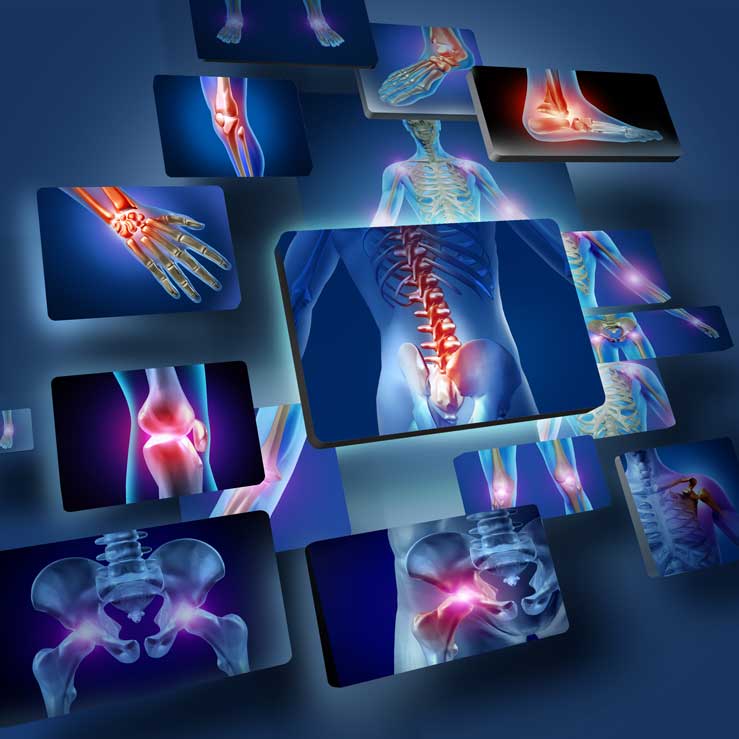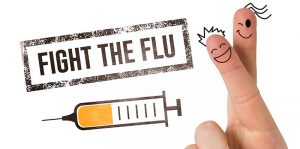
If you suffer from chronic pain, you may think no one understands how you feel. But, did you know one in five Australians over 45 years of age suffer from chronic pain too?
Chronic pain is a constant, ongoing pain that will occur for at least 50 percent of the time in a six-month period, going beyond the typical healing time for the injury or illness. Whilst medical conditions, such as cancer, migraines, arthritis, endometriosis and nervous system injuries can cause chronic pain, it can also have no diagnosable cause and affects everyone, from children, adolescents, adults, and the elderly.
What is Chronic Pain?
Think back to the last time you were healing from an injury, even if it were a bruise from hitting your hand or a scraped knee. You felt pain for a few days or weeks, but then it went away as the injury healed. Chronic pain is feeling pain but often for no reason, or long after a wound heals.
Your spinal cord and nerves become sensitive, and even with no damage, enhances messages to your brain to tell you to feel pain in certain areas. In essence, your nervous system is alerting you that you have injured a part of your body when you’re actually completely okay.
What can often make chronic pain worse, too, is when it begins to enhance pain in areas of your body where there once were injuries that are now healed. You now feel both the old pain and new pain, exacerbating the situation.
While chronic pain often has no cause, there are scenarios where it does – such as from cancer or neuropathic pain. When you are involved in an accident or sustain an injury resulting in nervous system damage, you can permanently damage your nerves. As a result, areas of your skin may tingle, feel numb or as if they are burning, or you may experience sharp, shooting pains.
The mystery of chronic pain. A TED-Ed video (2013). Length: 8:14
How do you fix Chronic Pain?
Anyone who has ever had chronic pain wishes there were a cure, but unfortunately, there is only a way to manage it. Managing chronic pain involves a multimodal approach: non-opioid medication for short-term pain management, remain involved in social situations, as well as a mix of sleep, relaxation, physical activity, positive thinking, and care for your overall health. Helping your body to cope with chronic pain involves self-management and discipline.
See a Health Professional
When you see your GP about chronic pain, it is important to seek more than just pain relief medication. Their job is to help you manage your pain by learning about your personal situation, how you manage your pain currently, and what you find does and does not work for you. The more detailed you can be, the more your doctor can help.
Chronic pain can rule your life, but it does not have to. Make an appointment with your GP to work through a detailed pain management plan. The goal is to live your life to the fullest, controlling chronic pain and not letting it control you!



